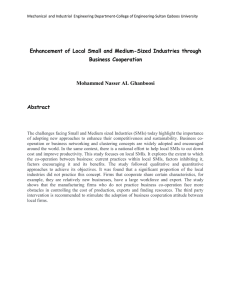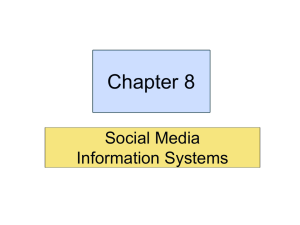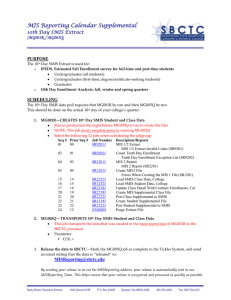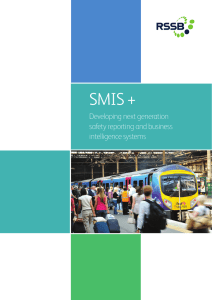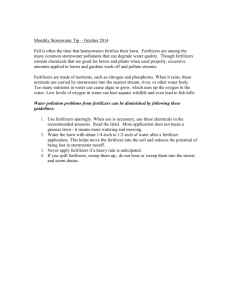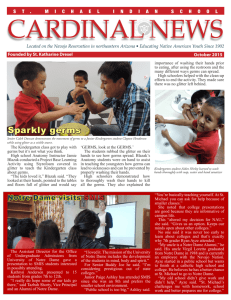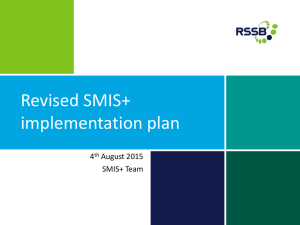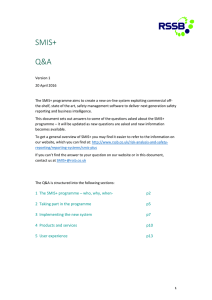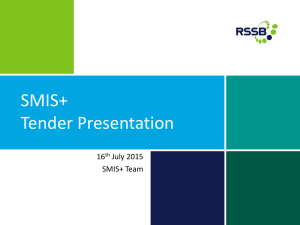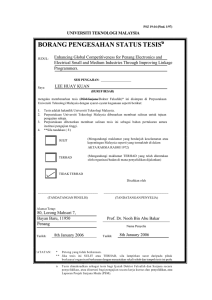safety management information system
advertisement
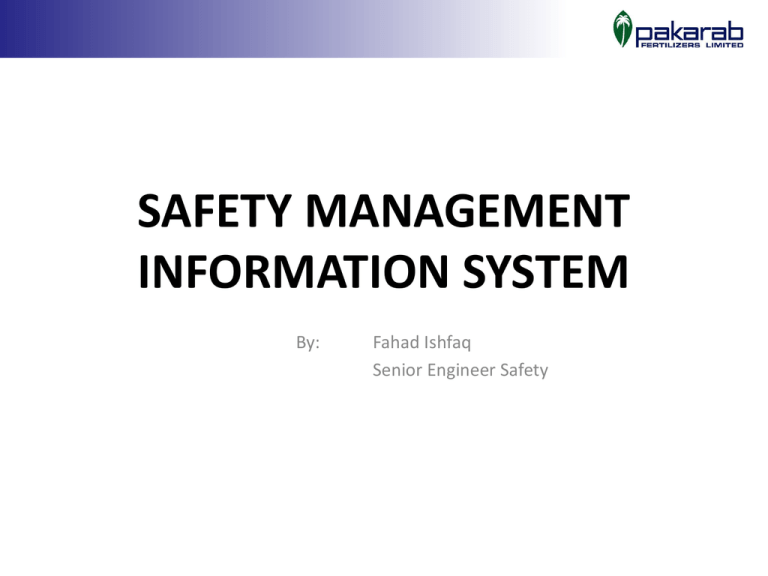
SAFETY MANAGEMENT INFORMATION SYSTEM By: Fahad Ishfaq Senior Engineer Safety Paper Title: Presenter: SAFETY MANAGEMENT INFORMATION SYSTEM Fahad Ishfaq Qualification: B.Sc Chemical Engg. & MBA Present Assignment: Senior Engineer Safety Organization: Pakarab Fertilizers Ltd Multan INTRODUCTION Pakarab Fertilizers Ltd is one of the largest fertilizer complex in Pakistan and pioneer for producing compound fertilizer in the country. Pakarab was established in 1973. The Company had been a unit of National Fertilizers Corporation (NFC) who operated this Fertilizers Complex for about 30 years. PFL was privatized by Reliance Export under the umbrella of Fatima Group and Arif Habib Group on July 14, 2005. Pakarab Fertilizers Limited is ISO 9001, ISO-14001 & OHSAS 18001 Certified by M/S Vincotte International. “I want Pakarab Fertilizers to achieve a multinational standard of Process Safety and Operations.” November, 2006 HISTORY OF MANAGEMENT INFORMATION SYSTEM People have relied on different information systems to communicate with each other using a variety of physical devices (Hardware), information processing instructions and procedures (software), communication channels (networks) and stored data (data resources) since the dawn of civilization. • Until 60s, the role of most information systems was simple: transaction processing, record- keeping, accounting and other electronic data processing (EDP) applications. • 70s, the concept of decision support systems was born. • 80s Strategic information systems were introduced and developed. • 90s brought Internet based e-business and e-commerce systems. WHY MANAGEMENT INFORMATION SYSTEM A system is a set of interrelated components, with a clearly defined boundary, working together to achieve a common set of objectives. Information technologies, including Internet–based information systems, are helping us by improving the efficiency and effectiveness of our Safety management. In today’s dynamic world, success depends heavily on increasing the use of internet and web based information and technology to meet the competitive requirements of the customers, suppliers and other business partners in a global market place. An information system can be any organized combination of people, hardware, software, communications networks and data resources that stores and retrieves, transforms and disseminates information in an organization. 1. 2. 3. Provide managers with information. Regular, routine operations. Control, organize and plan better. SAFETY MANGEMENT INFORMATION SYSTEM (SMIS) IN PAKARAB FERTILIZERS SMIS was conceptualized for efficient and effective processing and handling of safety related data and information to minimize human errors in data handling and communications. In the mid of 2010, work was initiated and a very comprehensive web based information system was developed till the end of 2010. Top management was committed in implementation of safety elements so was in case of SMIS. SMIS was launched early this year after rigorous testing of the system. We have developed eight modules for safety management. This was a major breakthrough for safety management in PFL. Similar systems may be adopted by other process plants for safety management. MODULES Management Safety Audit: Behavioral based safety monitoring is carried out through this module. Management Safety Audits are the input data for this module and then SMIS generates important leading indicators as to what extent MSA schedule and recommendations are complied with. An analysis report is also generated by SMIS to show the weak areas. PTW Audit: PTW is backbone of Safety Management System so we have included PTW Audit module in SMIS. Risk based Score and audit recommendations are two key features of this module. MODULES Incident Reporting & Investigation Incident reporting has become very easy through the use of this system. Any user can upload an incident report. Incident Investigation reports are circulated to all users through this system. Compliance of Incident Investigation reports and Incident Reports Recommendations is maintained by the system. Pre-Start up Safety Review (PSSR) Pre-Start up Safety Review is a mandatory requirement, conducted by a cross functional team, before start up of any new project and equipments after major repairs. These PSSR forms along with recommendations can be uploaded and accessed by the users. MODULES Risk Management Hazard Identification, Risk Assessment and Process Hazard Analysis can be uploaded in the system. Any user can get information regarding PHA of an area at any time. Safety Critical Devices Safety Critical Devices control of defeat has been covered in SMIS. Each SCD inspection schedule is uploaded once and the system follows the schedule as per target dates. MODULES Inspection Asset integrity is a key to process plant operations. Mechanical Integrity is one of the key elements of Process Safety Management. SMIS follows up the inspection schedule and generates reports on compliance of schedule and recommendations Safety Committees Plant Safety Committees starting from shop floor to the top level safety committees are functioning and having different recommendations. Those have to be followed up in a structured way. KEY FEATURES OF PFL’S SMIS Input of data resources - Processing of data into information Output of information products - Storage of data resources Presently this system gets 30 different inputs and generates around 150 outputs as information. Potential saving will be over 0.2 Million PKR in paper saving. Major benefits are positive and fast communication avoiding loss of data due to manual errors. REQUISITES IN IMPLEMENTING SMIS Management commitment is a mandatory requirement. Employee’s involvement is also very important. Employees should be marketed this new system that’s how it works effectively. System should be user friendly. Unnecessary information flow should be avoided. Thorough hands-on training of all personnel. THANK YOU
